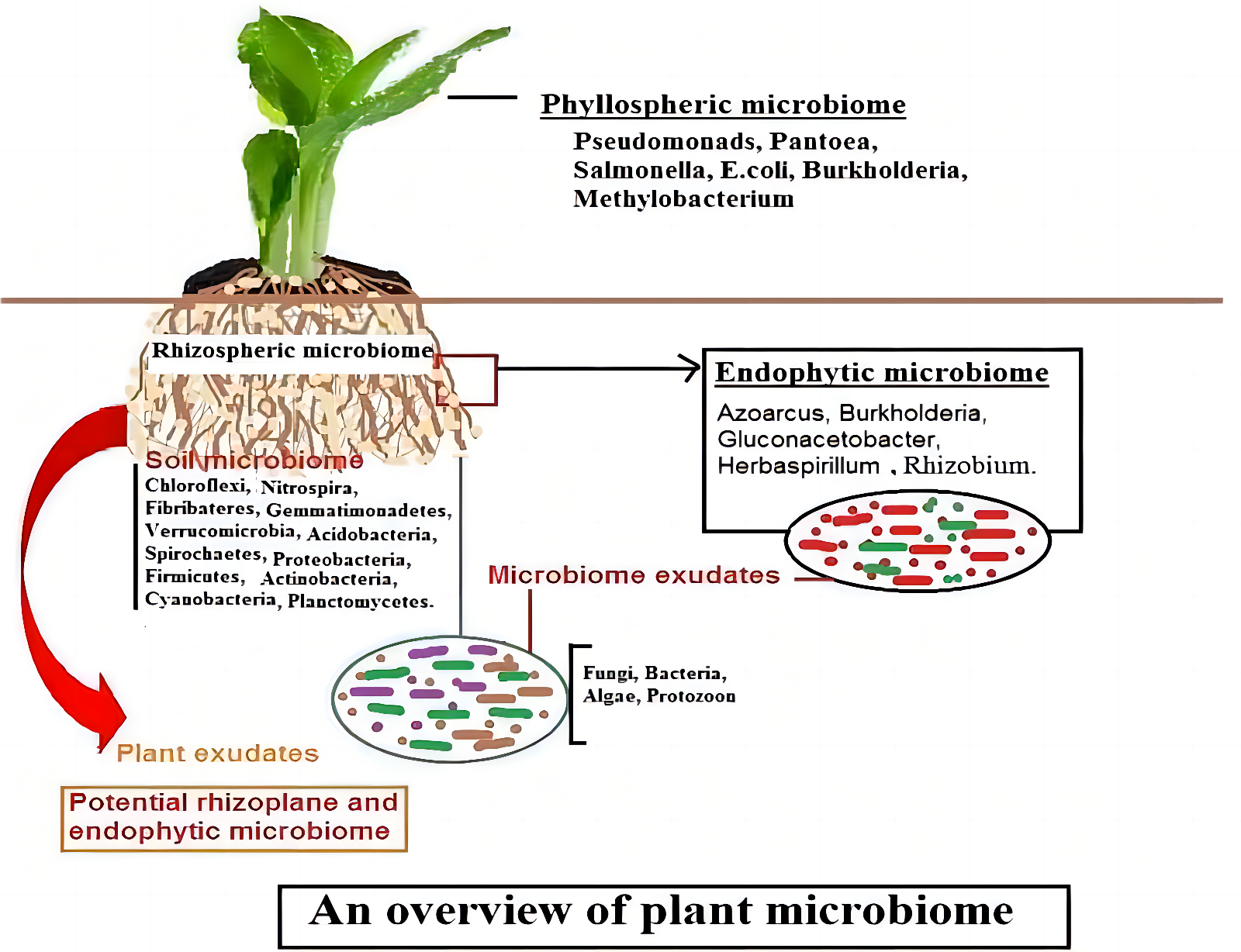Comprehensive analysis of the mechanism underlying plastic microbiome and plants interaction, with future perspectives
DOI:
https://doi.org/10.56946/jspae.v1i2.73Keywords:
Agricultural plastic, Plant microbiome interaction, Agrotechnical control, Omics application, competence and persistenceAbstract
Agriculture has a vital role in the life cycle of an economy. Phytopathogenic microorganisms negatively influence many crops, the economy, and the Environment worldwide. Beneficial plant microbiomes have the immense potential to provide cost-effective and maintainable solutions to existing agricultural challenges. The yield improvement can partly be credited to advanced plant pest and disease management, including better knowledge of phytopathogens and diverse control methods. Well-organized and balanced crop protection is of vast economic and ecological importance for food and feed production. A varied variety of goods made of plastics are utilized in farming which consists of poly-tunnels, plastic reservoirs, mulches, ropes, agrochemical cans, various nets, irrigation systems, packaging bags, nursery pots, anti-bird nets, greenhouses, and their components, wear and tear of these products are hosts of diverse microorganisms in agriculture. However, little investigation has been done to explore plastic microbes' diversity, survival strategies, and interaction mechanisms with plants. Several advanced approaches, including metagenomics, metabolomics, metatranscriptomics, metaproteomics, and culturomics, are currently available to scrutinize the multiplicity, composition, and functions of the microbiomes in soil and plant habitats such as rhizosphere, phyllosphere, and endosphere. This review highlights the increasing use of plastic, plastic microbiomes, subsequent challenges, and future perspectives in agriculture. It emphasizes using advanced molecular tools and techniques to explore the microbiome diversity and the mechanism of plant-microbe interaction. The analyzed knowledge gaps in the host-pathogen relationship research area will help to redraft better research approaches based on economic thresholds.

Downloads
Published
How to Cite
Issue
Section
License

This work is licensed under a Creative Commons Attribution-NonCommercial-NoDerivatives 4.0 International License.
